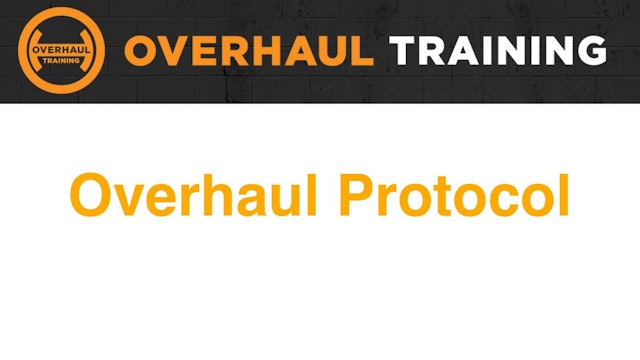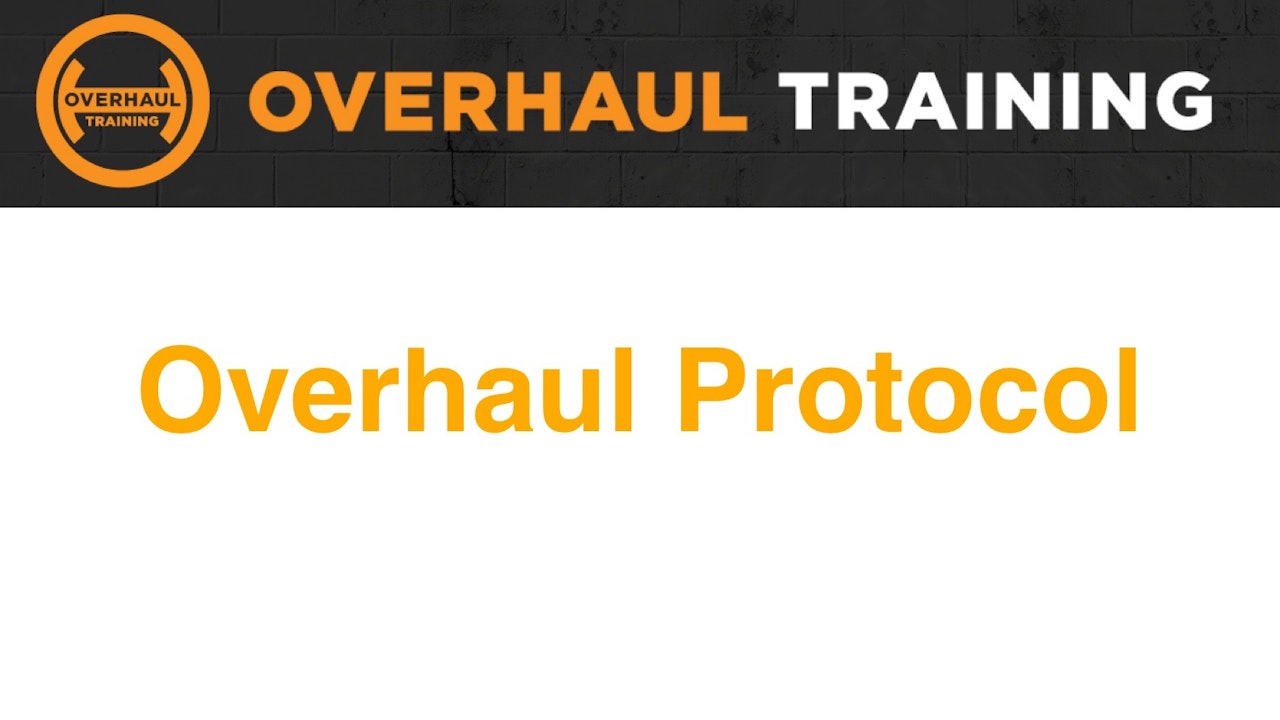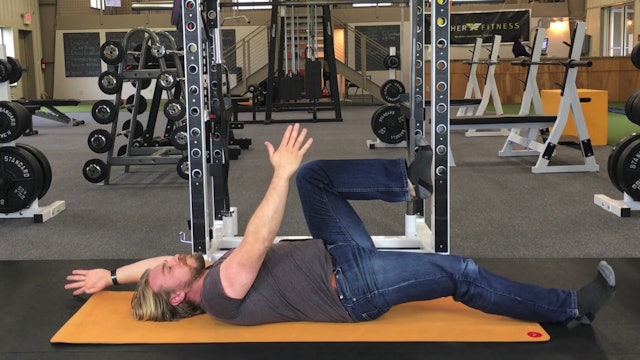Overhaul Protocol
8 Seasons
Once you've established the strength and co-ordination to safely perform a variety of fundamental human movements with your body weight with Foundational Strength we now progress you into the next level of training.
This 8 week program is where you'll start broadening the types of movements in your program to develop more agility, power and build greater overall strength. It also includes supplemental training days you can choose to add on to correct shoulder and postural issues or to help prevent lower back pain.
Before beginning this program you should have passed the Foundational Strength Challenge. https://overhaultraining.vhx.tv/start-here-2
TRAINING SCHEDULE AND FREQUENCY
Each week you will perform the A and B-Day programs once, beginning each session with the same warm-up. If you have time and the corresponding issues to address, perform the shoulder/posture and lower back programs once a week as well.
WHAT THINGS MEAN ON YOUR TRAINING LOG
Let’s look at your Phase 1 A-Day sheet for an example. You'll find the training log PDFs for each phase in warm-up sections.
4a, b and c are what we call a super-set.
That means you perform a set of each consecutively before repeating the first exercise again.
The column to the right indicates how many sets and reps you’ll perform of each exercise.
This part of your training session goes like this…
Perform 8 lunges (or split squats) per leg, immediately do 8 repetitions of the chest supported row, followed by 2 pulsing hangs. This is your first super-set. Rest a minute, sip your water and perform that two more times before moving on to your next super-set.
HOW TO CHOOSE YOUR WEIGHTS
Choosing the appropriate weights for each exercise is more art than science, at least for beginners or when you’re de-conditioned. You don’t truly know your upper limits yet because they haven’t been sufficiently tested.
Advanced athletes know those limits and can use specific percentages of their maximum abilities.
So how do you choose your weights? First, keep these three objectives in mind:
1) Begin with a modest weight and master the quality of the movement.
2) When you can control the movement beautifully, slowly and steadily increase the weight.
3) Never go heavier or do more reps than you can perform with good form.
And what keeping good form really means is not exceeding your current ability to stabilize and protect your joints and ligaments.
Safety is always priority but you need to challenge yourself by increasing the weights. Heavier weights give you stronger, more injury resistant bones and connective tissue. Training to maintain good form with heavier loads means being able to live a more vigorous life without fear of getting hurt.
What this usually looks like…
Generally, your first set will feel easy, your middle set(s) will be getting heavier and your last set should feel kinda heavy.
In truth, the first week you will simply experiment with different weights to find the sweet spot of just challenging enough. Feel free to make a note for yourself if your last weight for an exercise was too easy or too hard.
Each week after that try to make your first and last sets a little heavier than you did the week before, but never compromise good form.
-
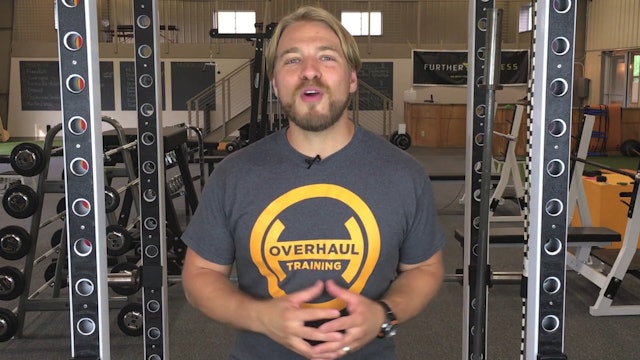 01:18Episode 1
01:18Episode 1Overhaul Protocol Intro
Episode 1
Facebook Group: https://www.facebook.com/groups/overhaultraining/
-
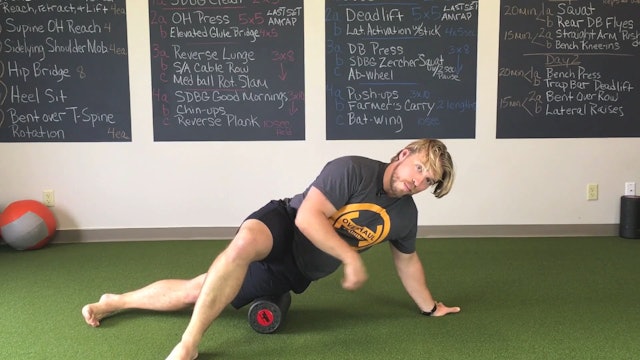 02:53Episode 2
02:53Episode 2General Foam Rolling
Episode 2
You can purchase a firm foam roller at most local sporting good stores or through Amazon.com. http://amzn.to/2pjYDjK
If you'd like to start with a softer one, try this http://amzn.to/2q2Dmv2
-
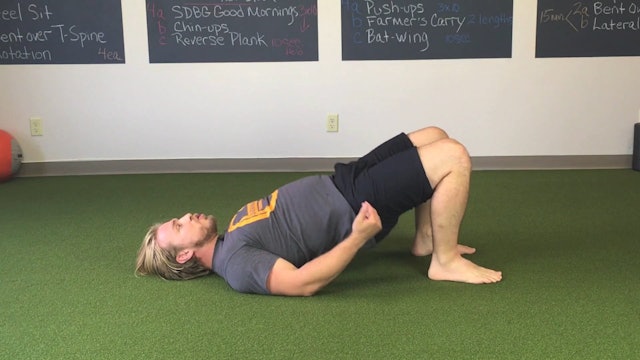 00:20Episode 3
00:20Episode 3Glute Hip Bridge
Episode 3
-
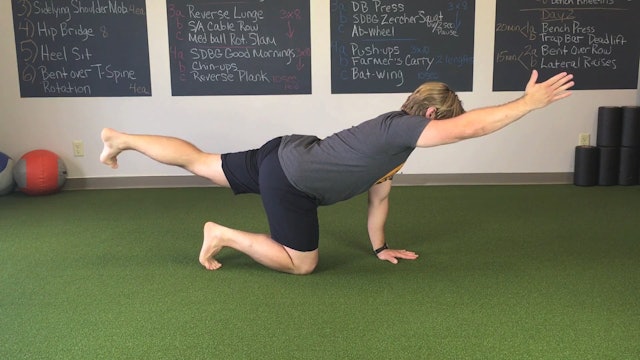 00:39Episode 4
00:39Episode 4Dynamic Quadruped 1
Episode 4
-
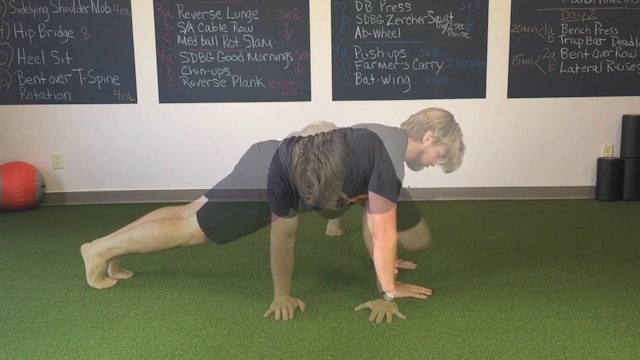 00:50Episode 6
00:50Episode 6Spiderman Stretch with Overhead Reach
Episode 6
-
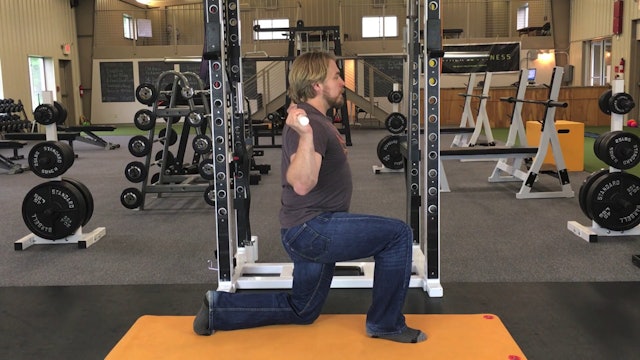 00:32Episode 7
00:32Episode 7Half Kneeling Dowel Twist
Episode 7
-
OVERHAUL PROTOCOL PHASE 1 TRAINING LOG.pdf
223 KB
This training log has your phase 1 warm-up, A & B-day programs.
-
SHOULDER & POSTURE IMPROVEMENT PROGRAM.pdf
385 KB
This contains your warm-up and density training log.
-
LOWER BACK PAIN PREVENTION PROGRAM.pdf
199 KB
This is your training log. It will have your reps and sets.
